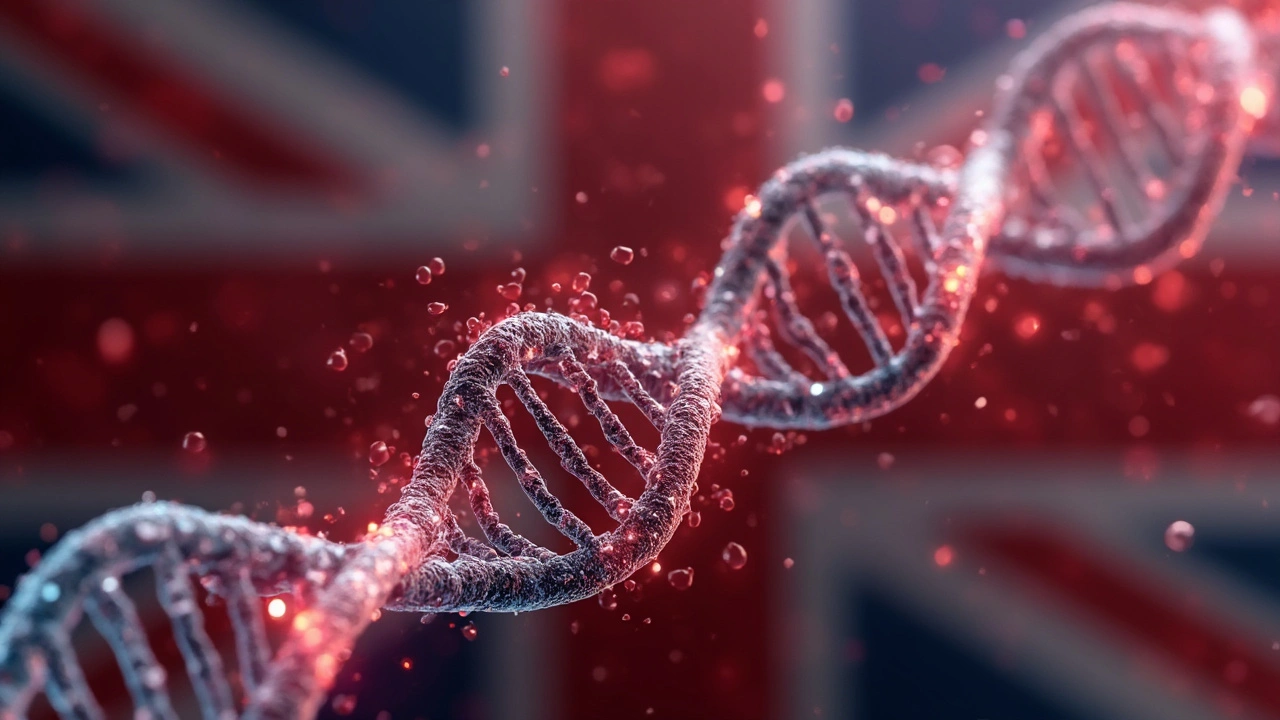Clotting Disorders — What You Need to Know Right Now
Ever had a bruise that won’t fade or a sudden painful leg swelling? Those can be signs of a clotting problem. Clotting disorders cover two opposite issues: bleeding too easily (like hemophilia or von Willebrand disease) and forming unwanted clots (thrombophilia). Knowing the basics can help you spot trouble early and get the right care.
Common types and what causes them
Bleeding disorders often come from missing or faulty clotting proteins (factors). Hemophilia A, for example, is a lack of factor VIII. Von Willebrand disease affects a protein that helps platelets stick. On the flip side, thrombophilia makes clots more likely. That can be inherited (Factor V Leiden) or caused by conditions like cancer, pregnancy, surgery, or some medications, including birth control pills.
Age, smoking, obesity, and long flights also raise clot risk. If you have a family history of clots or unusual bleeding, tell your doctor — that’s a big clue.
Signs, tests, and when to act
Watch for these clear signs: sudden leg pain and swelling (DVT), shortness of breath or chest pain (possible pulmonary embolism), heavy or prolonged bleeding after cuts, frequent nosebleeds, or very easy bruising. If you notice these, get medical help fast.
Doctors use simple blood tests to start: platelet count, PT/INR, and aPTT. For clotting risk they may check D-dimer, factor levels, or genetic tests for things like Factor V Leiden. Imaging (ultrasound, CT) helps find clots in the body. Tests depend on whether bleeding or clotting is the main problem.
Treatment varies. Bleeding disorders can need clotting factor replacement, desmopressin (DDAVP), or topical measures for cuts and dental work. Clotting problems are often treated with blood thinners — warfarin, direct oral anticoagulants, or heparin in the hospital. Your doctor will balance the risk of bleeding against preventing a dangerous clot.
Daily life tips that matter: avoid high-risk activities that can cause deep cuts if you bleed easily; for clot risk, keep active on long trips, stay hydrated, and quit smoking. Carry a medical ID if you have a known clotting condition or take anticoagulants — it helps in emergencies.
Pregnancy needs extra attention. Some clotting disorders raise pregnancy risks for both mother and baby. If you’re pregnant or planning to be, talk with a specialist early so you get a safe plan for pregnancy and delivery.
Don’t guess about supplements or OTC drugs. NSAIDs (like ibuprofen) can increase bleeding. Some herbal products also change clotting. Ask your doctor or pharmacist before starting anything new.
If you or a family member has unexplained bruising, frequent nosebleeds, a sudden painful leg, or shortness of breath, call your healthcare provider now. Quick action saves lives and prevents complications.
Genetics and Blood Clots: Understanding the Connection
Blood clots play a vital role in preventing excessive bleeding, yet their formation can lead to serious health issues if not regulated. Genetics significantly impacts an individual's probability of developing clotting disorders, with certain inherited gene mutations increasing risks. This article delves into the genetic factors, examining how they influence clot formation and exploring potential preventive measures. Understanding genetic predispositions can empower individuals to take proactive steps in managing their health.

